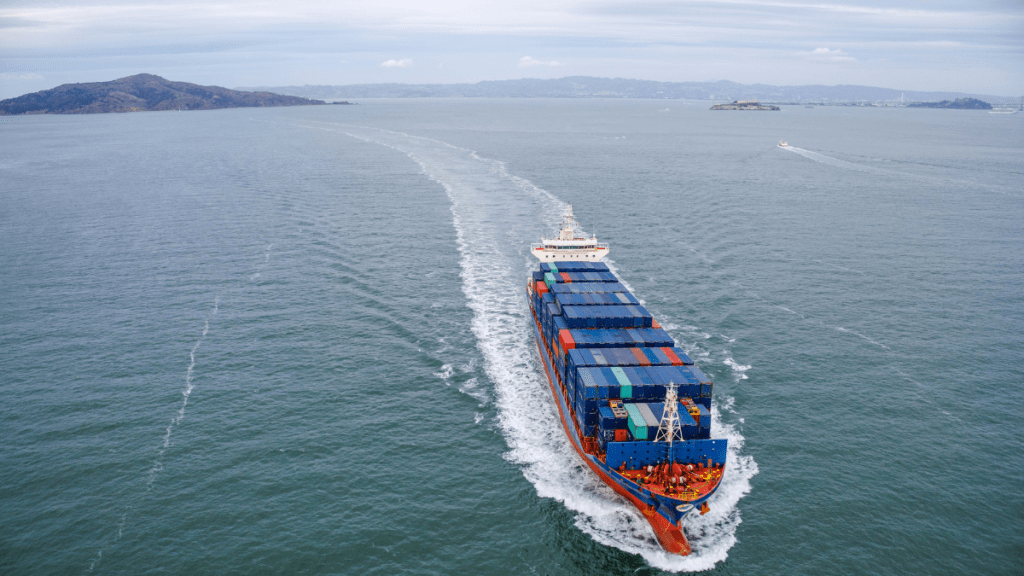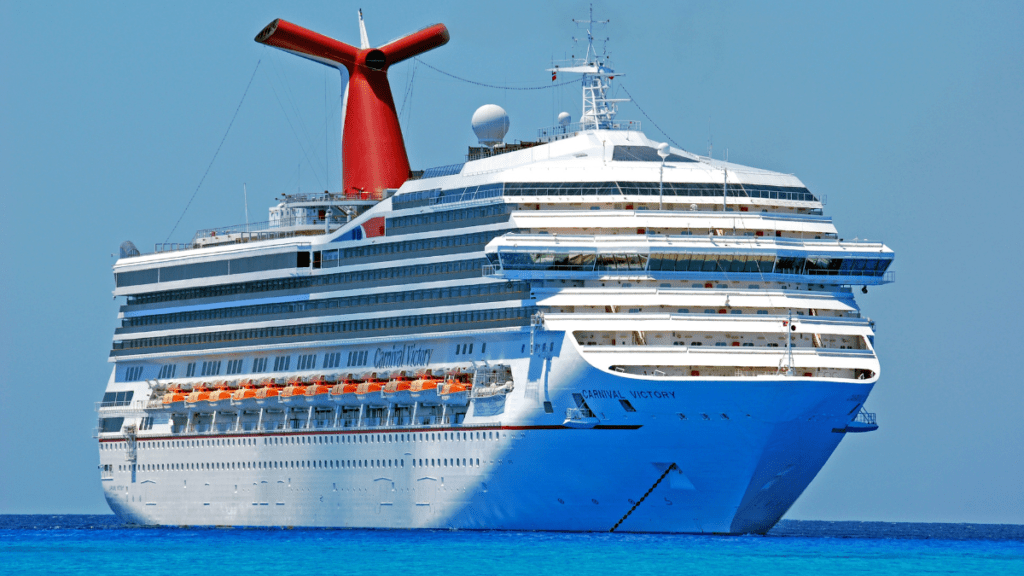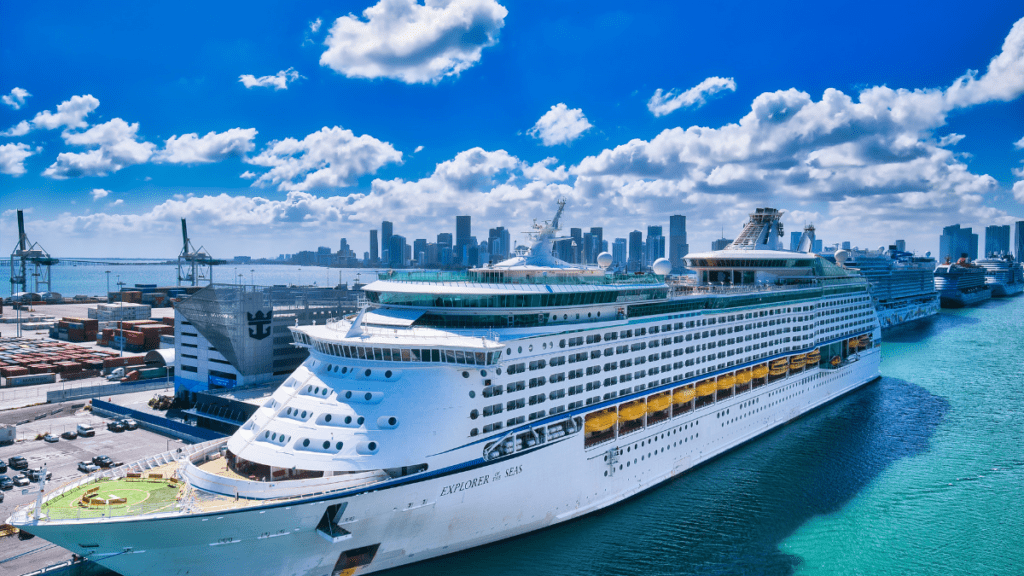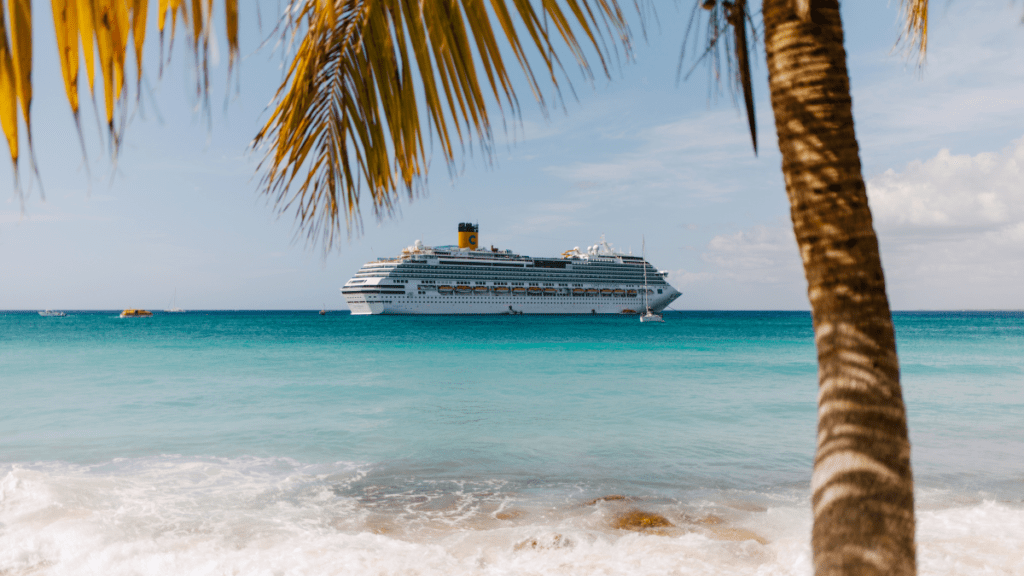Introduction
How Deep Is The Titanic : The Sinking Of The Titanic is one of the most tragic maritime disasters in History . What fascinates people is how deep the Titanic Has sunk to the ocean floor sicne it sank in 1912 in this article , we will study the depth of the titanic an how deep it is .
Overview of the Titanic

The RMS Titanic was a British luxury passenger liner that set sail on its maiden voyage on April 10 , 1912 It was deemed the largest an most luxurious ship of its time designed to offer unparalleled comfort and opulence to its passengers . Tragically , the Titanic struck an iceberg on the night of April 14 , resulting in the loss of more than1500 lives .
The sinking of the Titanic

The sinking of the Titanic occurred in the North Atlantic Ocean, approximately 400 miles off the coast of Newfoundland. Despite its size and reputation, the Titanic was no match for the massive iceberg that tore through its hull. The ship’s inadequate number of lifeboats and insufficient safety measures exacerbated the loss of life.
Discovering the Titanic’s Resting Place

For decades after the Titanic’s sinking, its exact location remained a mystery.The ship was found at a depth of approximately 12,500 feet (3,800 meters) on the seabed.
Depth of the Titanic Wreckage

The Titanic rests on the ocean floor at a depth of around 12,500 feet (3,800 meters). To put this into perspective, it is roughly equivalent to the height of two Empire State Buildings stacked on top of each other. The immense pressure at such depths makes it a challenging environment for human exploration.
Technological Challenges of Exploring the Titanic

Exploring the depths of the Titanic presents significant technological challenges. The extreme pressure, darkness, and cold temperatures make it inhospitable for humans. Submersibles and remotely operated vehicles (ROVs) equipped with cameras and lights have been used to capture images and footage of the wreckage. These technological advancements allow researchers to study the remains of the ship and its artifacts without physically diving to the site.
The Future of Titanic Exploration

As technology continues to advance, scientists and explorers are finding new ways to explore the Titanic and learn more about its history. Sonar mapping and high-definition imaging provide detailed information about the ship’s condition and help preserve its legacy. However, it is crucial to balance exploration with the preservation of the site, as disturbing the wreckage can accelerate its deterioration.
Conclusion

The depth of the Titanic’s resting place, approximately 12,500 feet (3,800 meters) below the surface of the ocean, poses challenges for exploration and understanding. The discovery and subsequent exploration of the Titanic have provided valuable insights into the ship’s tragic fate and the lives lost that fateful night. As technology continues to evolve, the legacy of the Titanic will be preserved and studied for generations to come. By understanding the depths of the Titanic, we learn more about the magnitude of the tragedy and the importance of remembering those who died
FAQs ( Frequently Asked Questions )
Is There a plan to raise the Titanic from the bottom of the sea ?
No, there are no plans to raise Titanic , The Wreckage is considered a memorial site and final resting place for the victims Disturbing the remains is not only disrespectful but also risks further damage to the remains of the ship .
How long did it take for the Titanic to sink after hitting the iceberg ?
After hitting the iceberg, Titanic took about 2 hours and 40 minutes to sink below the surface of the ocean. The speed with which they sank caused heavy casualties
How deep is Titanic comparsed to other ships ?
The depth at which the Titanic lies, about 12,500 feet (3,800 m), is considered much deeper than many other shipwrecks. However, there are deep shipwrecks in the world, such as the SS Rio Grande, which rests at a depth of 24,000 feet , 7300 m.
Can people visit the Titanic wreck ?
No, visiting the wreck of the Titanic is not accessible to the public. The site is remote and inhospitable, making it challenging for recreational divers to reach. Additionally, it is extremely important to preserve the site and honor the memory of those who lost their lives.
Are there any plans for further exploration of the Titanic ?
While there are no immediate plans for an extensive exploration of the Titanic, ongoing research and technological advances may lead to future missions. However, any search efforts will prioritize preserving the site and respecting the victims.
